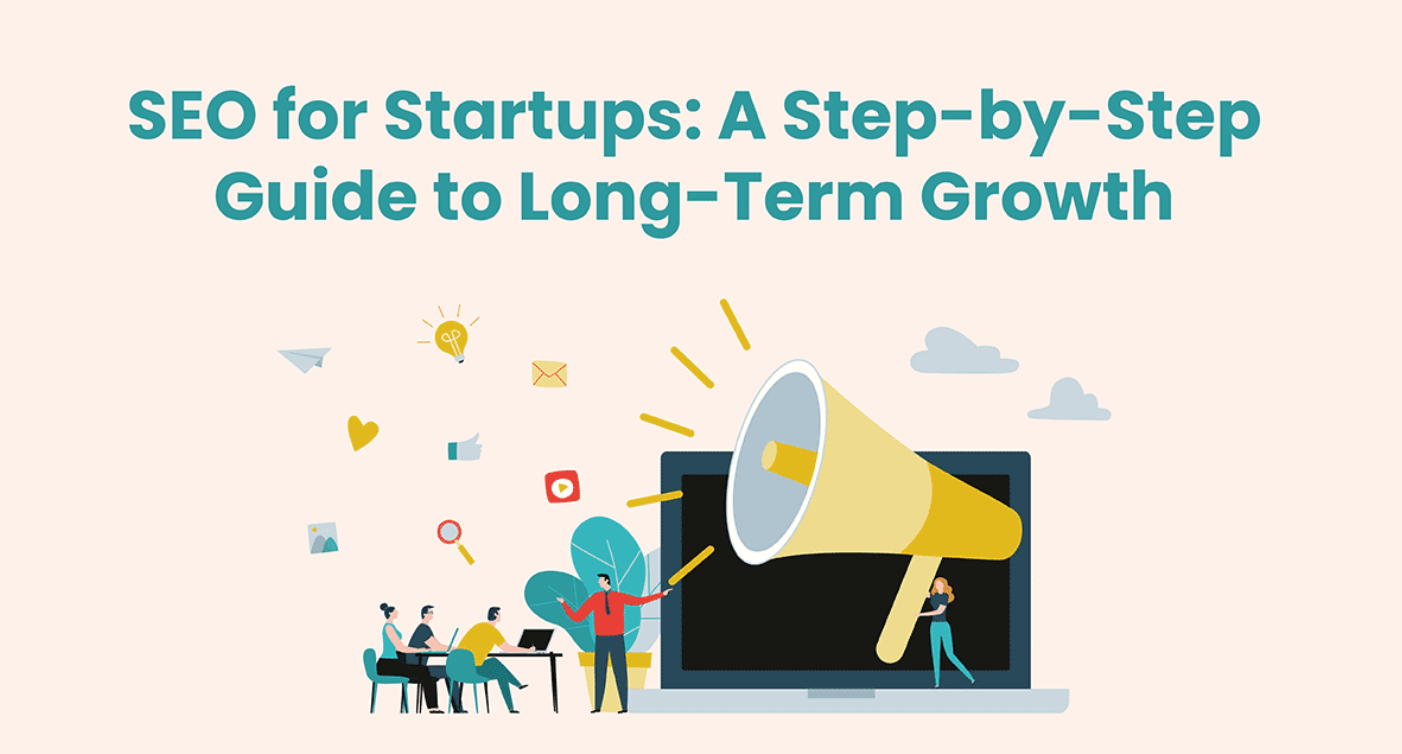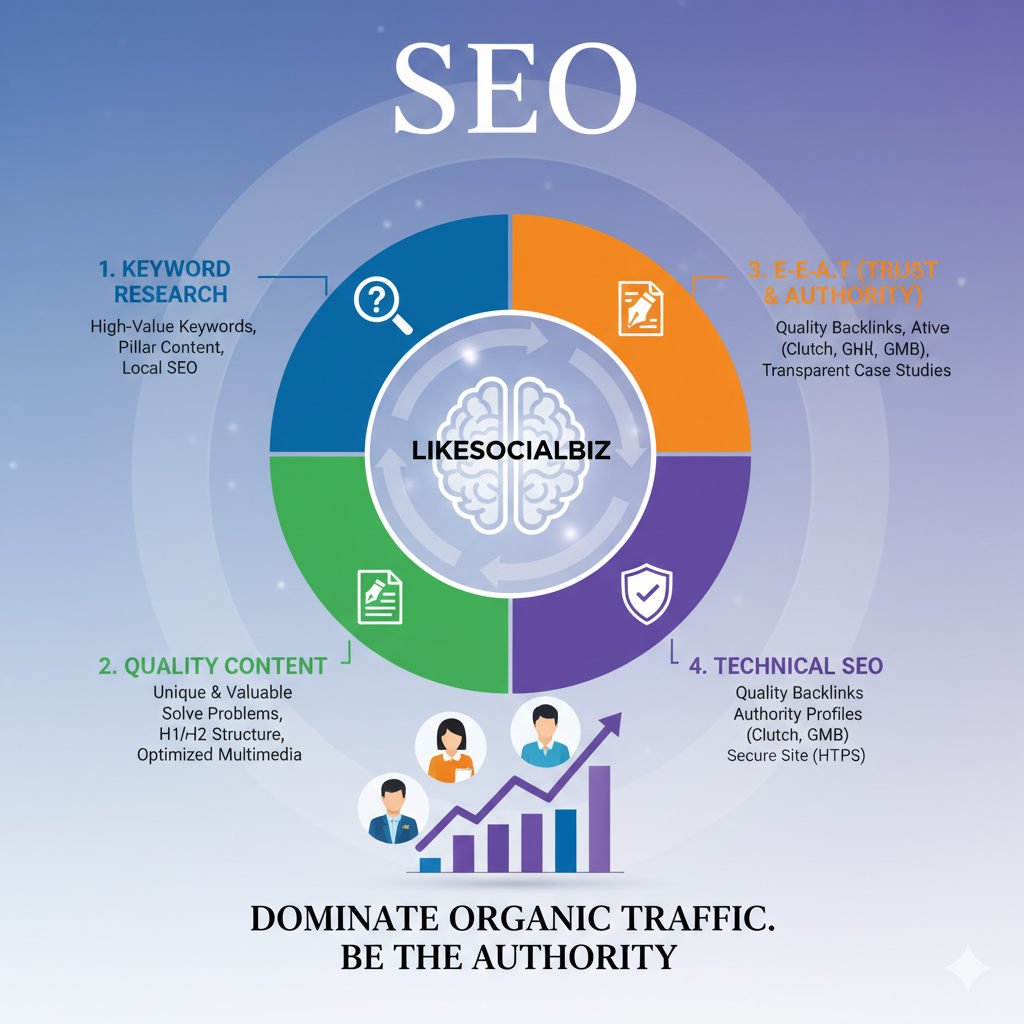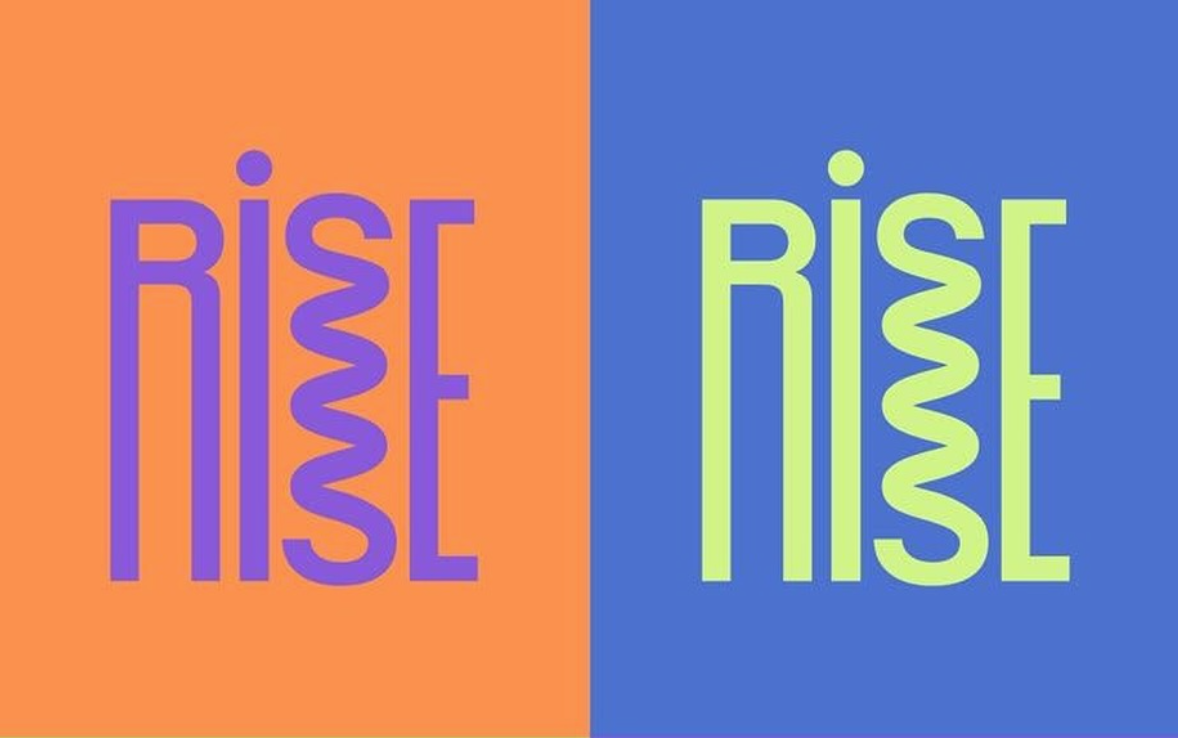Optimize this post: Title: Best Practices for Google Ads: Enhance Your ROI Pay-per-click (PPC) advertising, especially on Google Ads, is a potent tool for driving targeted traffic and generating leads. Yet, merely setting up a campaign is inadequate. To truly enhance your ROI, adhering to best practices and consistently optimizing your efforts is crucial. This post will provide essential strategies to create impactful Google Ads campaigns that yield favorable outcomes.
1. Define Clear Goals and Target Audience:
Before diving into campaign creation, it’s crucial to define your objectives. What do you want to achieve with your PPC campaign? Are you aiming to increase brand awareness, drive website traffic, generate leads, or boost sales? Clearly defined goals will guide your targeting and ad creation.
Next, identify your target audience. Who are you trying to reach? Understanding their demographics, interests, and online behavior will help you refine your targeting and craft compelling ad copy.
2. Keyword Research: The Foundation of Your Campaign:
Keyword research is the cornerstone of any successful PPC campaign. Identify the keywords your target audience is using to search for products or services like yours. Use keyword research tools like Google Keyword Planner, Ahrefs, or SEMrush to discover relevant keywords with high search volume and low competition.
Group your keywords into tightly themed ad groups to ensure your ads are highly relevant to the search queries. This will improve your Quality Score and ultimately lower your cost-per-click (CPC).
3. Craft Compelling Ad Copy:
Your ad copy is your first (and often only) chance to make a strong impression on potential customers. Write clear, concise, and compelling ad copy that highlights the benefits of your offerings and includes a strong call to action.
- Use relevant keywords: Incorporate your target keywords naturally into your ad copy.
- Highlight unique selling propositions (USPs): What makes your business stand out from the competition? Emphasize these USPs in your ads.
- Include a clear call to action: Tell users what you want them to do (e.g., “Shop Now,” “Learn More,” “Get a Free Quote”).
- A/B test your ads: Experiment with different headlines, descriptions, and calls to action to see what resonates best with your audience.
4. Targeting and Segmentation:
Effective targeting is essential for reaching the right audience and maximizing your budget. Google Ads offers a variety of targeting options, including:
- Demographics: Target users based on age, gender, income, and other demographic factors.
- Interests: Target users based on their interests and hobbies.
- Location: Target users in specific geographic locations.
- Remarketing: Reconnect with users who have previously interacted with your website or ads.
Segment your campaigns and ad groups to target specific audiences with tailored messaging. This will improve the relevance of your ads and increase your conversion rates.
5. Landing Page Optimization:
Your landing page is where the magic happens. It’s where users land after clicking on your ad, and it’s crucial to ensure it’s optimized for conversions.
- Relevance: Ensure your landing page is directly relevant to the ad copy and the search query.
- Clear and concise messaging: Communicate your value proposition clearly and concisely.
- Strong call to action: Include a prominent call to action that guides users towards the desired action.
- Fast loading speed: Optimize your landing page for speed to improve user experience and reduce bounce rates.
- Mobile-friendliness: Ensure your landing page is fully responsive and provides a seamless experience on all devices.
6. Conversion Tracking:
Tracking your conversions is essential for measuring the success of your PPC campaigns. Set up conversion tracking in Google Ads to track valuable actions, such as form submissions, purchases, or phone calls. This data will help you identify which keywords, ads, and landing pages are driving the most conversions and allow you to optimize your campaigns accordingly.
7. Continuous Monitoring and Optimization:
PPC advertising is not a “set it and forget it” endeavor. It requires continuous monitoring and optimization to achieve the best results. Regularly review your campaign performance, analyze key metrics, and make adjustments to your bids, keywords, ad copy, and targeting.
8. Leverage Ad Extensions:
Ad extensions provide additional information about your business and can improve your ad’s visibility and click-through rate. Utilize ad extensions like sitelinks, callouts, location extensions, and structured snippets to enhance your ads and provide more value to potential customers.
9. Consider Professional Management:
Managing a successful PPC campaign requires expertise and time. If you’re not confident in your ability to manage your campaigns effectively, consider hiring a professional PPC management agency. They have the knowledge, experience, and tools to optimize your campaigns and maximize your ROI.
**Conclusion:**
By following these best practices, you can create effective Google Ads campaigns that drive targeted traffic, generate leads, and boost your bottom line. Remember that PPC advertising is an ongoing process. Continuous monitoring, testing, and optimization are essential for achieving long-term success. Utilize ad extensions like sitelinks, callouts, location extensions, and structured snippets to enhance your ads and provide more value to potential customers. Consider Professional Management: Managing a successful PPC campaign requires expertise and time. If you’re not confident in your ability to manage your campaigns effectively, consider hiring a professional PPC management agency. They have the knowledge, experience, and tools to optimize your campaigns and maximize your ROI. By following these best practices, you can create effective Google Ads campaigns that drive targeted traffic, generate leads, and boost your bottom line. Remember that PPC advertising is an ongoing process. Continuous monitoring, testing, and optimization are essential for achieving long-term success.




